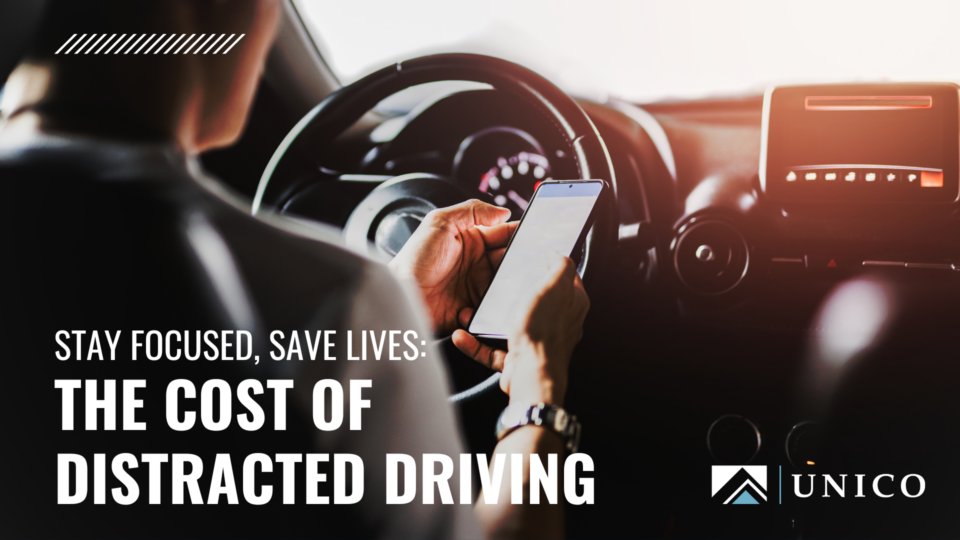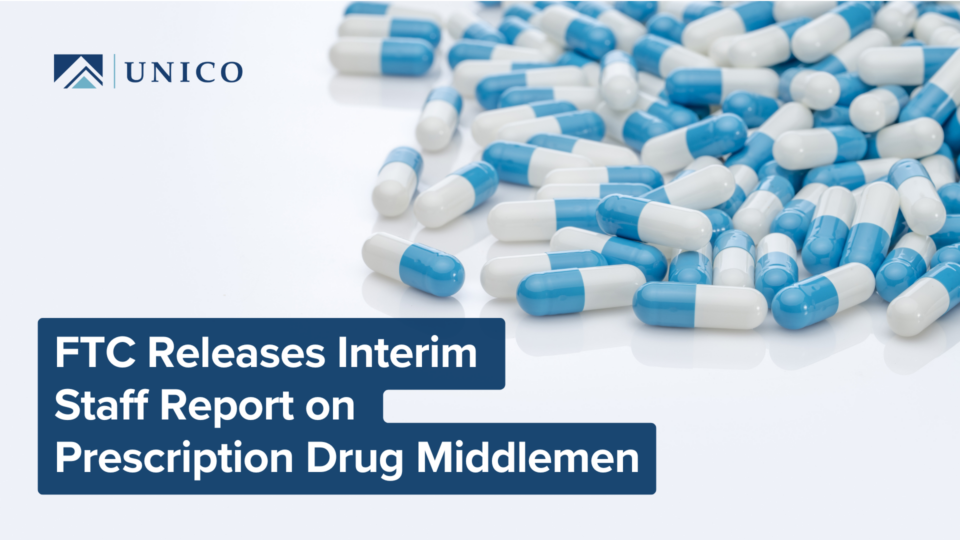The National Safety Council recognizes April as Distracted Driving Awareness Month to raise awareness about the dangers of distracted driving and encourage motorists to minimize potential distractions behind the wheel.
In 2020, the National Highway Traffic Safety Association reported 3,142 deaths caused by distracted driving

Types of Distracted Driving
Visual Distractions
Visual distractions are anything that takes a driver’s eyes off the road. This includes texting or looking at other accidents or developments not on the road.
Manual Distractions
Manual distractions include any actions the cause the driver to take a hand off the wheel, such as reaching for something. adjusting the radio or eating and drinking.
Cognitive Distractions
Cognitive distractions cause a driver to focus their mind on things other than the road. These include talking on the phone or with another passenger, and thinking about topics other than driving.
Distracted Driving Losses by Industry
Frequency
According to Advisen’s database, the transportation and warehousing industry accounts for the largest portion of distracted driving losses at 36%. Public administration, construction, administration, support and waste management also account for a high percentage of distracted driving losses.
Severity
In 2015, a bus driver crashed into a 35-year-old woman, leaving her with serious injuries. The plaintiff alleged the driver was talking on the phone at the time of the accident and that the driver’s company failed to enforce cellphone policies and speeding procedures.
The jury found the company guilty of negligence and comparative responsibility. The plaintiff received $45 million for her injuries
Prevention Tips for Employers
Create a Distracted Driving Policy
Ban the use of handheld devices while driving. Other distracting activities such as eating, grooming and reading should also be prohibited.
Communicate Your Policy to All Employees
Ensure cellphone policies and other distracted driving policies are clearly written and accessible for all drivers.
Lead by Example
Managers should clearly communicate the message that answering emails and texts are not as important as driving safely.
Prevention Tips for Individuals
Put Away Your Phone
Silence your phone and store it in a location that is out of reach while driving to lower the temptation to check it.
Plan your Trip Before You Leave
Program your navigation system prior to hitting the road to get familiar with your journey and feel confident in your route.
Don’t Fumble With Your Playlist
Select a radio station or plug in a predetermined playlist before driving to limit the need for music adjustments.
Secure Passengers
Ensure kids are properly situated in car seats (if needed) with seat belts fastened. Keep pets stationary in the back seat.
Avoid Multitasking
Never complete additional tasks—such as eating or personal grooming—behind the wheel.
Stay Focused
Concentrate your mind on the road by keeping distracting conversations to a minimum and looking straight ahead.
Distracted driving is an all too frequent occurrence that poses costly risks for employers. By understanding these risks and implementing proper prevention measures, employers can help mitigate distracted driving losses and keep their employees safe on the road. For more information on creating safe driving policies, contact us today.

Jake Mahin, GSP
Safety and Loss Control Consultant
This article should be used for informational purposes only and should not be considered financial advice. © 2022 Zywave, Inc. All rights reserved. Advisen’s loss data is curated from a wide variety of public sources. Advisen collection efforts focus on larger and more significant cases. For this reason, the figures in this article may not be fully representative of all cases of this type.






